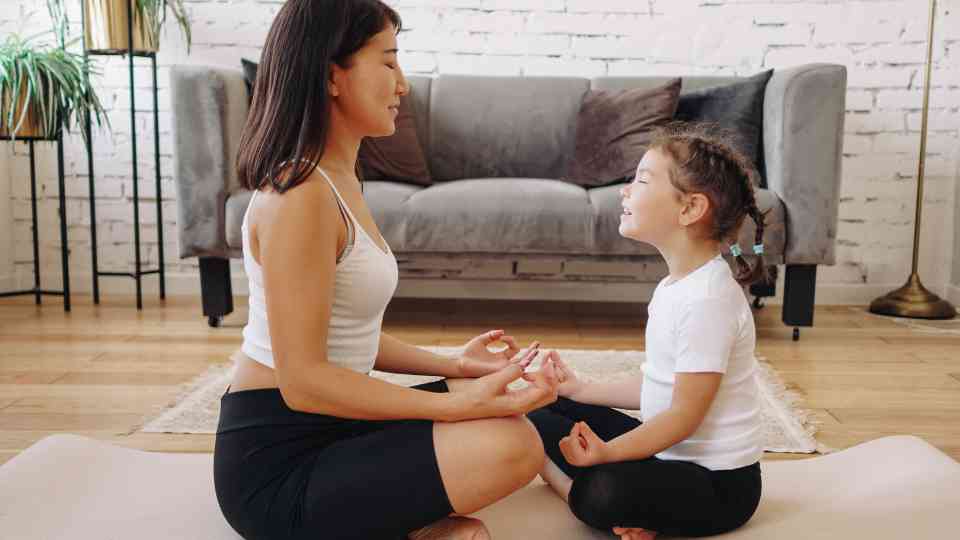The Gentle Power of Ho’oponopono: Healing Through Four Simple Words
Have you ever carried the weight of a past mistake, a broken relationship, or words you wished you could take back?
Or maybe, despite doing “all the right things,” you still feel stuck in the same emotional patterns — like a wound you keep scratching but can’t seem to heal.
There’s a gentle, ancient Hawaiian practice that has changed countless lives around the world, not through force or logic, but through love, humility, and spiritual alignment.
It’s called Ho’oponopono — and it starts with just four simple phrases:
I’m sorry.
Please forgive me.
Thank you.
I love you.
What is Ho’oponopono?
At its heart, Ho’oponopono means “to make things right” — with ourselves, others, and the Divine.
It’s not about blaming or fixing someone else. It’s about cleansing the energy we hold within ourselves that may be contributing to external problems.
This sacred Hawaiian ritual teaches that we are responsible for everything we experience — not as punishment, but as empowerment. If it’s in your life, you have the power to transform it.
As Dr. Ihaleakala Hew Len beautifully demonstrated, even conflicts, illnesses, and deep trauma can shift when one person takes responsibility through this healing prayer.
Why Does It Work? (The Science + Soul Behind It)
From a neuroscience perspective, these four phrases activate emotional regulation pathways in the brain. They calm the amygdala (our fear center), shift us out of fight-or-flight, and allow the prefrontal cortex (our wise brain) to take over.
When we say “I’m sorry” and “please forgive me,” we create new emotional circuits that break the pattern of blame and resistance.
NLP and subconscious reprogramming also play a role here. By repeating this mantra, we rewire our internal language patterns. Instead of replaying old hurtful dialogues, we anchor new, compassionate ones.
Spiritually, it aligns us with higher vibrational states — forgiveness, gratitude, and unconditional love.
When to Use Ho’oponopono
You can use this practice anytime you feel:
-
Emotionally triggered or upset
-
Angry with someone (including yourself)
-
Powerless to change a situation
-
Guilty about a decision or mistake
-
Repeating patterns in relationships or finances
-
Deep grief or sadness
Even if you don’t know what exactly needs healing — Ho’oponopono works. Because it bypasses the mind and works on the energetic and subconscious level.
How to Practice Ho’oponopono (Simple Daily Ritual)
Here’s a simple way to bring this healing into your daily life:
🌺 Step 1: Sit quietly and breathe.
Bring to mind a person, memory, or situation that feels heavy or unresolved.
🌺 Step 2: Say the four phrases slowly.
I’m sorry. Please forgive me. Thank you. I love you.
Feel the words. Let them land. You don’t need to “try” to forgive or analyze — just trust the energy.
🌺 Step 3: Repeat for a few minutes.
You can whisper it, chant it, or say it in your mind. It’s not about the technique, but the sincerity.
🌺 Step 4: Let go and breathe.
Trust that the healing has begun — even if you don’t see instant results.
Real-Life Reflection: A Woman Who Healed Her Marriage
One of my clients, a sensitive and wise woman in her late 40s, came to me feeling disconnected in her marriage. They had stopped talking with love. Every conversation felt like a battlefield.
Instead of confronting or withdrawing, I guided her to practice Ho’oponopono quietly, every night before sleeping — visualizing her husband’s face, and whispering the four phrases in her heart.
Within a few weeks, the energy between them softened. Without discussing it, he began making small, kind gestures again. It wasn’t magic — it was energetic alignment.
She healed her part of the dynamic, and that changed everything.
Reflection Prompts
Take a moment to ask yourself:
-
What situation in my life feels like it needs softening or release?
-
Who or what do I still carry emotional heaviness around?
-
Can I be willing to let love flow, even if I don’t fully understand how?
You don’t need to “fix” everything. Sometimes, simply whispering “I love you” to a painful memory can start the deepest healing.
Final Thought: Healing Doesn’t Have to Be Hard
So often, we think healing requires struggle, deep analysis, or someone else changing.
But sometimes, the deepest healing comes from a whisper, not a scream.
From a surrender, not a strategy.
Ho’oponopono is a gentle reminder that you are never powerless. You can choose love, again and again, even in the face of pain.
And love always transforms.
Explore More from DrRituGoyal.com
💖 Read: “Why Forgiveness Frees You (Even If They Don’t Deserve It)”
🌸 Learn: “Emotional Healing Through the Heart Chakra”
🧠 Discover: “How to Rewire the Subconscious Mind with Kindness”
With love and light,
Dr. Ritu Goyal




